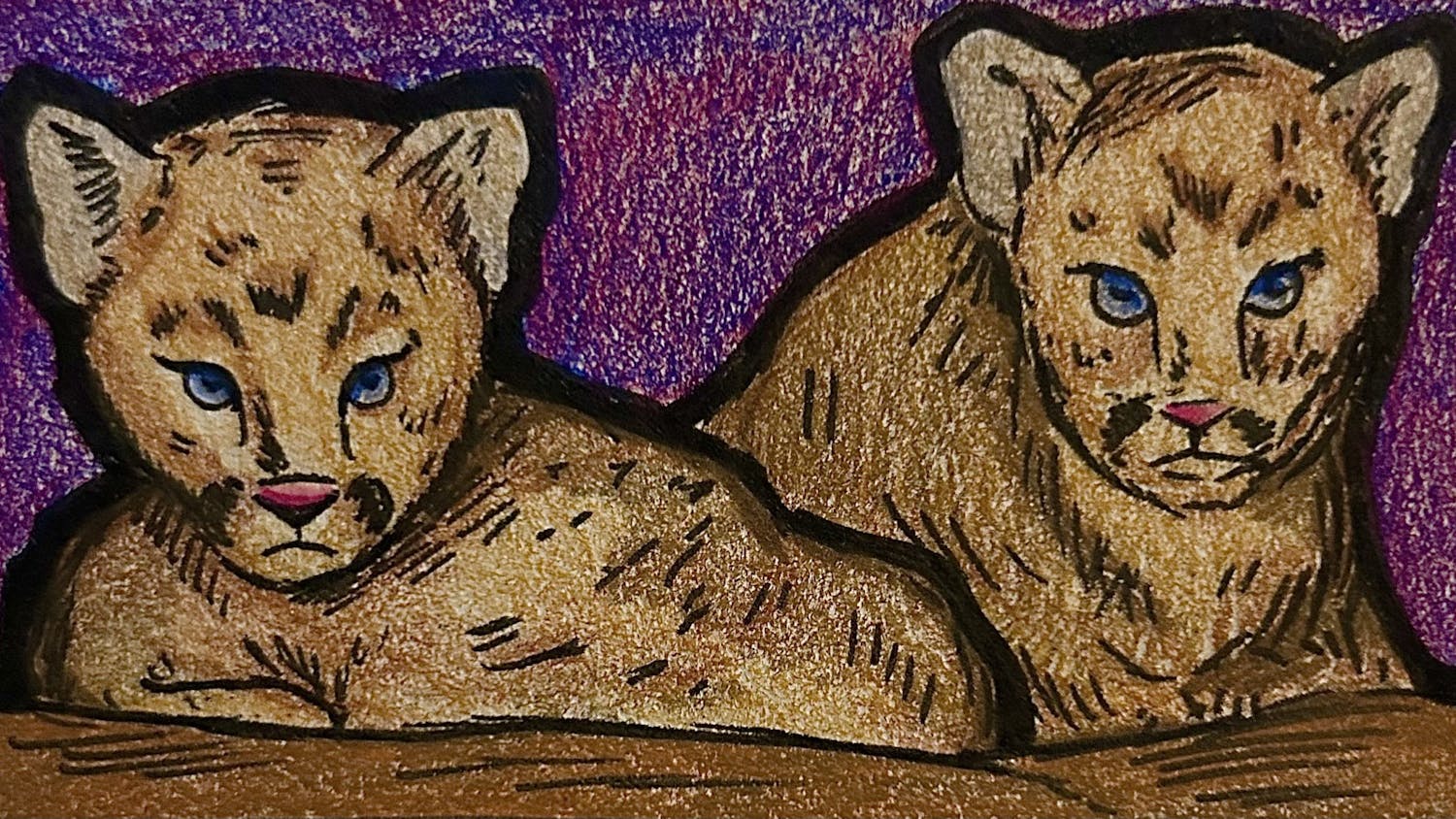For the Ho-Chunk people, or Winnebago, natural history in the Madison area is rooted in the tale of Teejop (day-JOPE). Teejop, a Hoocąk name meaning Four Lakes, refers to Lakes Mendota, Monona, Waubesa and Kegonsa. The story begins with the descent of the Earthmaker, or Creator, from the North.
Well into the Earthmaker’s journey south, dense forest opened into a clearing where four hollows depressed the earth. Famished from travel, Earthmaker stopped, built a fire and filled a clay pot with spring water. Earthmaker added venison and roots to the water and searched the thicket as the meal began to cook.
While doing so, the Earthmaker heard a dull hissing coming from camp and upon returning, found the pot boiling over. Water cascaded down its sides and filled the four hollows one by one, forming the four lakes.
Since the Ho-Chunk put roots down in the silty soils of Teejop 12,000 years ago; they have lived in harmony with the land — accepting sustenance and spiritual guidance from the natural world.
The Ho-Chunk lived alongside marshes filled with beaver, mink, muskrat and waterfowl; hunted and gathered in woodlands; fished in lakes and streams; camped in waterside wigwams; and performed ceremonial burials using effigy mounds on the prairies.
The Ho-Chunk believe the Earthmaker took on human and animal forms to assist humans in times of need. When people became ill, herbal medicines, plants and spiritual practices were used as cures.
Today, Western science is taking a cue from these beliefs by confirming the role of nature in sustaining human health and spirit — knowledge passed down for thousands of years in the oral traditions of Teejop.
Nature has a profound ability to alter lives and communities, according to the director of the Wisconsin Master Naturalist program Becky Sapper. Time spent in nature can have positive impacts on human health and well-being by reducing stress and fostering healing.
“Consider a simple walk through a prairie, a paddle down the Wisconsin River, casting a line off a dock or a hike to a favorite waterfall — even memories of these activities can have a positive effect on your physical health and mental well-being,” Sapper wrote.
Just two hours a week spent in natural environments bolsters health and psychological well-being, according to a study of 20,000 people led by Matthew White of the European Centre for Environment & Human Health at the University of Exeter. For those who met the two hour threshold, effects were robust — regardless of occupation, ethnic group, location and underlying health conditions, wrote Jim Robbins in his article on eco-psychology.
In addition to cognitive function, time spent in a safe natural setting “can lower blood pressure and stress hormone levels, reduce nervous system arousal, enhance immune system function, increase self-esteem, reduce anxiety, and improve mood. Attention Deficit Disorder and aggression lessen in natural environments, which also help speed the rate of healing,” Robbins wrote.
Findings have motivated researchers and policymakers to “formalize the role of nature in public health policy.” This includes addressing “park deserts” in urban areas by creating new and improved opportunities for citizens to engage with the natural world, Robins wrote.
As newfound awareness drives nature into the realm of public policy, Indigenous histories hang in the balance. Few Madisonians are aware of the history of the Ho-Chunk and the tribal members in their community, Ho-Chunk Nation member Robert Mann told Madison Magazine.
“Our culture, our language, is passed down, passed down since this tale, since the beginning of time; it has always been orally told,” Mann said.
Teejope has changed greatly since Earthmaker filled the four hollows. In 1832, the Ho-Chunk were forced to cede the territory and underwent forcible attempts at removal from Wisconsin. The land was deemed Madison, cut into concrete grids and a flagship land-grant university was built on Indigenous land.
In 2019, the University of Wisconsin-Madison dedicated an “Our Shared Future” heritage marker on Bascom Hill. The marker began a “multi-year effort to educate the campus and the broader community on the Ho-Chunk Nation and the history it shares with the university,” UW-Madison News reported.
“A plaque is a nice gesture, but it’s really just a support for the actions that need to happen,” president of the Ho-Chunk Nation Wilfred Cleveland told UW-News. “The past cannot be changed, so the important part is how we continue our relationship in the future.”

Ho-Chunk Nation president Wilfrid Cleveland addresses Ho-Chunk Nation and UW-Madison community members at ceremony dedicating "Our Shared Future" heritage marker in 2019.






